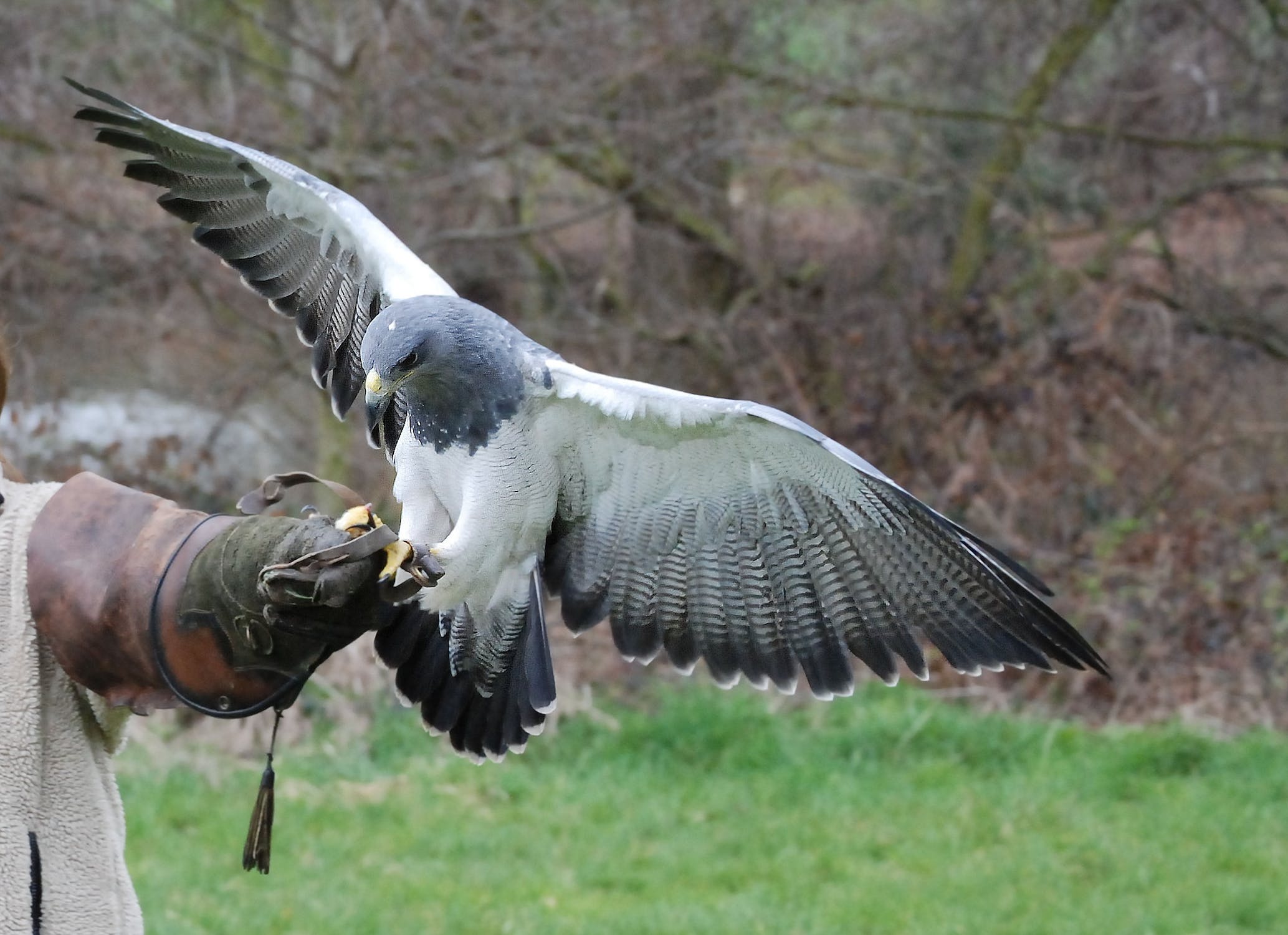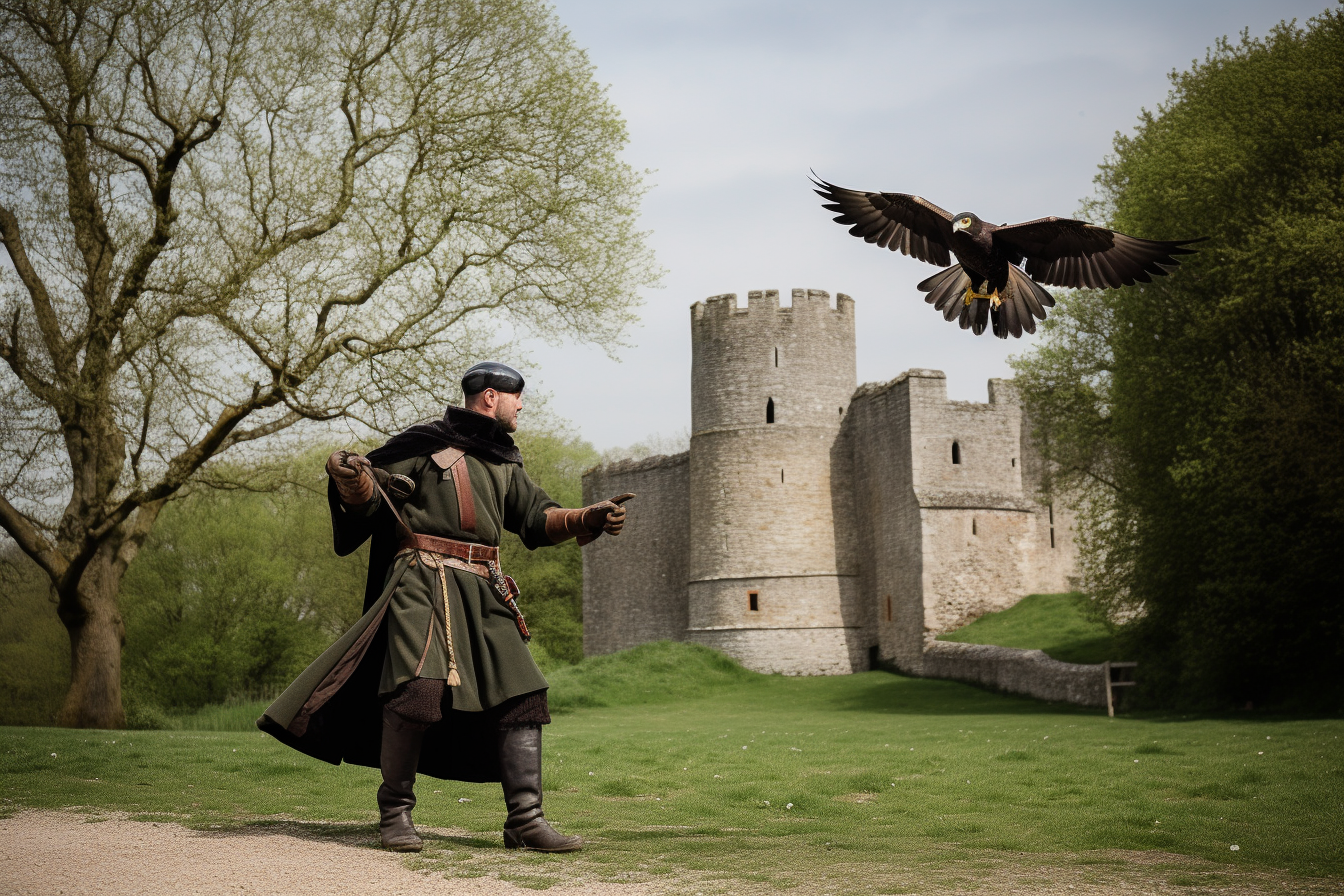Masters of the Sky: A Glimpse into Falconry in Medieval Reenactment
In the realm of medieval reenactment, where history comes alive, there exists a group of dedicated individuals known as falconers. These skilled practitioners of the ancient art of falconry transport us back to a time when birds of prey played a significant role in the lives of nobility and commoners alike. In this article, we will delve into the captivating world of falconry in medieval reenactment, exploring its rich history, the techniques employed, and the symbiotic relationship between falconer and bird. So grab your hood and glove as we embark on a soaring journey through time.
The Noble Tradition of Falconry
Origins and Significance
Falconry, an art with roots tracing back over 4,000 years, originated in Central Asia and spread across the globe through trade and conquest. It gained prominence during the medieval period, capturing the hearts and imaginations of kings, knights, and the aristocracy. Falcons, hawks, and eagles were prized hunting companions and symbols of status and power. In medieval reenactment, falconry takes center stage, offering a glimpse into this noble tradition.
Training and Mastery
Falconry requires a deep understanding of raptors and their behavior. Training a bird of prey demands patience, discipline, and an unbreakable bond between the falconer and their feathered companion. In medieval reenactment, falconers showcase their expertise, honed through years of dedicated practice. They demonstrate the intricate art of training birds to hunt, navigate, and return to their gloved hand on command.
Falconry in Medieval Reenactment
Authenticity in Action
Medieval reenactment enthusiasts go to great lengths to recreate historical accuracy in their events. Falconry plays an integral role in this immersive experience. Falconers dress in period-appropriate attire, wielding traditional equipment such as gauntlets, jesses, and bells. They bring medieval hunting scenes to life, showcasing the bond between human and bird that once thrived during the Middle Ages.

Demonstrations and Spectacles
At medieval reenactment fairs, tournaments, and festivals, falconers captivate audiences with awe-inspiring displays of falconry prowess. Birds of prey take flight, gliding gracefully through the air as they follow the falconer's commands. The spectacle of falcons soaring above the crowds, diving with lightning speed to capture their prey, leaves spectators enthralled and yearning for more.
Educational Outreach
Falconers in medieval reenactment not only entertain but also educate. They provide valuable insights into the historical context and significance of falconry. Visitors have the opportunity to learn about the training techniques, the types of birds used, and the role of falconry in medieval society. This interactive approach allows attendees to gain a deeper understanding of this ancient art form.
The Timeless Bond: Falconer and Bird
Mutual Dependence
The relationship between falconer and bird is one of mutual trust and dependence. Falconers provide shelter, sustenance, and training to their avian companions, while the birds offer their remarkable hunting skills. In medieval reenactment, this connection is evident as falconers and their feathered partners work together in perfect harmony, demonstrating the intricate dance of predator and prey.

Communication and Control
Through years of practice, falconers develop a deep understanding of their birds' behavior and body language. They communicate with their avian partners using subtle cues and signals, allowing for precise control during the hunt. In medieval reenactment, this mastery is showcased as falconers command their birds to fly, swoop, and retrieve prey, showcasing the centuries-old techniques that have been passed down through generations.
Preservation of Tradition
By participating in medieval reenactment events, falconers help preserve and honor the ancient art of falconry. Their dedication to historical accuracy and their passion for the craft ensure that this age-old tradition continues to thrive and captivate audiences. Through their demonstrations and educational outreach, falconers inspire a new generation to appreciate and respect the art of falconry.
Conclusion
Falconry in medieval reenactment is a captivating blend of history, skill, and symbiotic partnership between falconer and bird. It allows us to witness the grandeur of a bygone era, where these magnificent creatures played a vital role in the lives of people. The dedication and expertise of falconers bring the spirit of medieval falconry to life, leaving audiences in awe of the timeless bond between human and bird. So, whether you are an enthusiast, a history buff, or simply curious, immerse yourself in the world of falconry in medieval reenactment and experience the thrill of a truly majestic spectacle.